Species Photo Gallery for Scaphoideus luteolus White-banded Elm Leafhopper 15 |
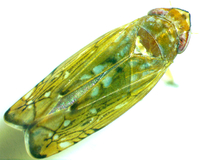 | Photo by: Ken Kneidel
Mecklenburg Co.
Comment: 5.5 mm female, came to UV light at night, wooded residential | 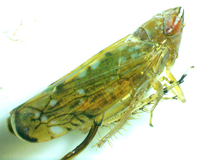 | Photo by: Ken Kneidel
Mecklenburg Co.
Comment: 5.5 mm female, came to UV light at night, wooded residential |
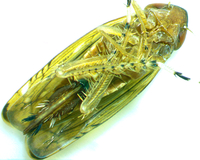 | Photo by: Ken Kneidel
Mecklenburg Co.
Comment: 5.5 mm female, came to UV light at night, wooded residential |  | Photo by: Ken Kneidel
Mecklenburg Co.
Comment: 5.5 mm female, came to UV light at night, wooded residential |
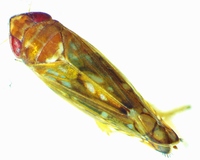 | Photo by: Ken Kneidel
Mecklenburg Co.
Comment: 5.2 mm female | 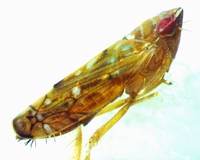 | Photo by: Ken Kneidel
Mecklenburg Co.
Comment: 5.2 mm female |
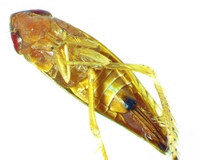 | Photo by: Ken Kneidel
Mecklenburg Co.
Comment: 5.2 mm female |  | Photo by: Ken Kneidel
Mecklenburg Co.
Comment: 5.3 mm female, came to UV light at night |
 | Photo by: Ken Kneidel
Mecklenburg Co.
Comment: 5.3 mm female, came to UV light at night | 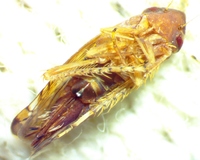 | Photo by: Ken Kneidel
Mecklenburg Co.
Comment: 5.3 mm female, came to UV light at night |
 | Photo by: Ken Childs
Out Of State Co.
Comment: | 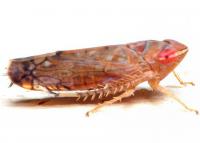 | Photo by: Ken Childs
Out Of State Co.
Comment: |
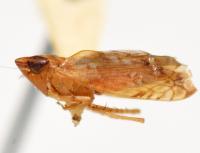 | Photo by: Kyle Kittelberger
Stanly Co.
Comment: NCSU specimen; male | 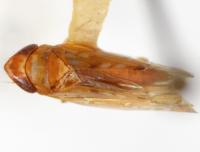 | Photo by: Kyle Kittelberger
Stanly Co.
Comment: NCSU specimen; male |
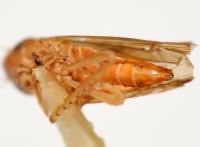 | Photo by: Kyle Kittelberger
Stanly Co.
Comment: NCSU specimen; male |

 »
»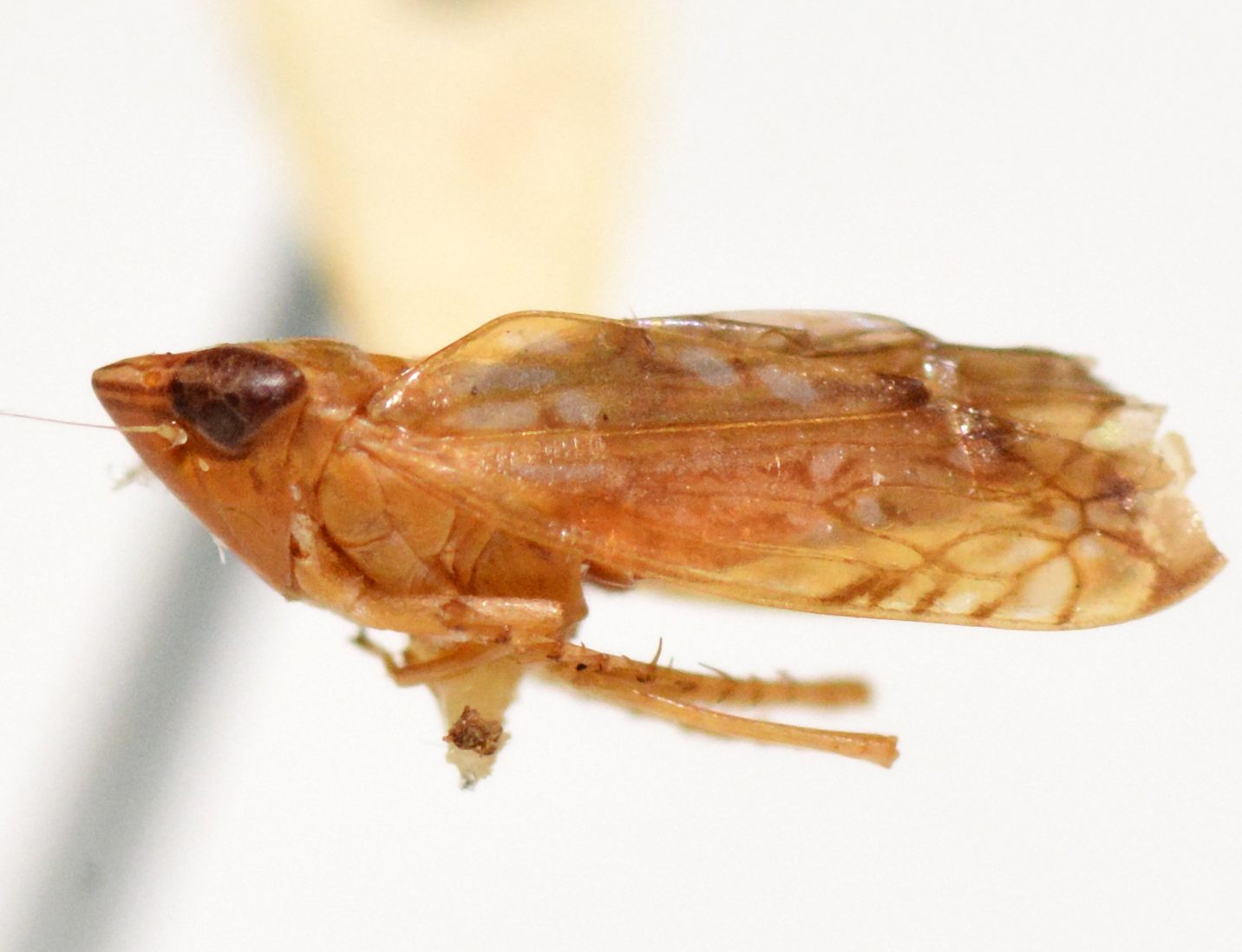
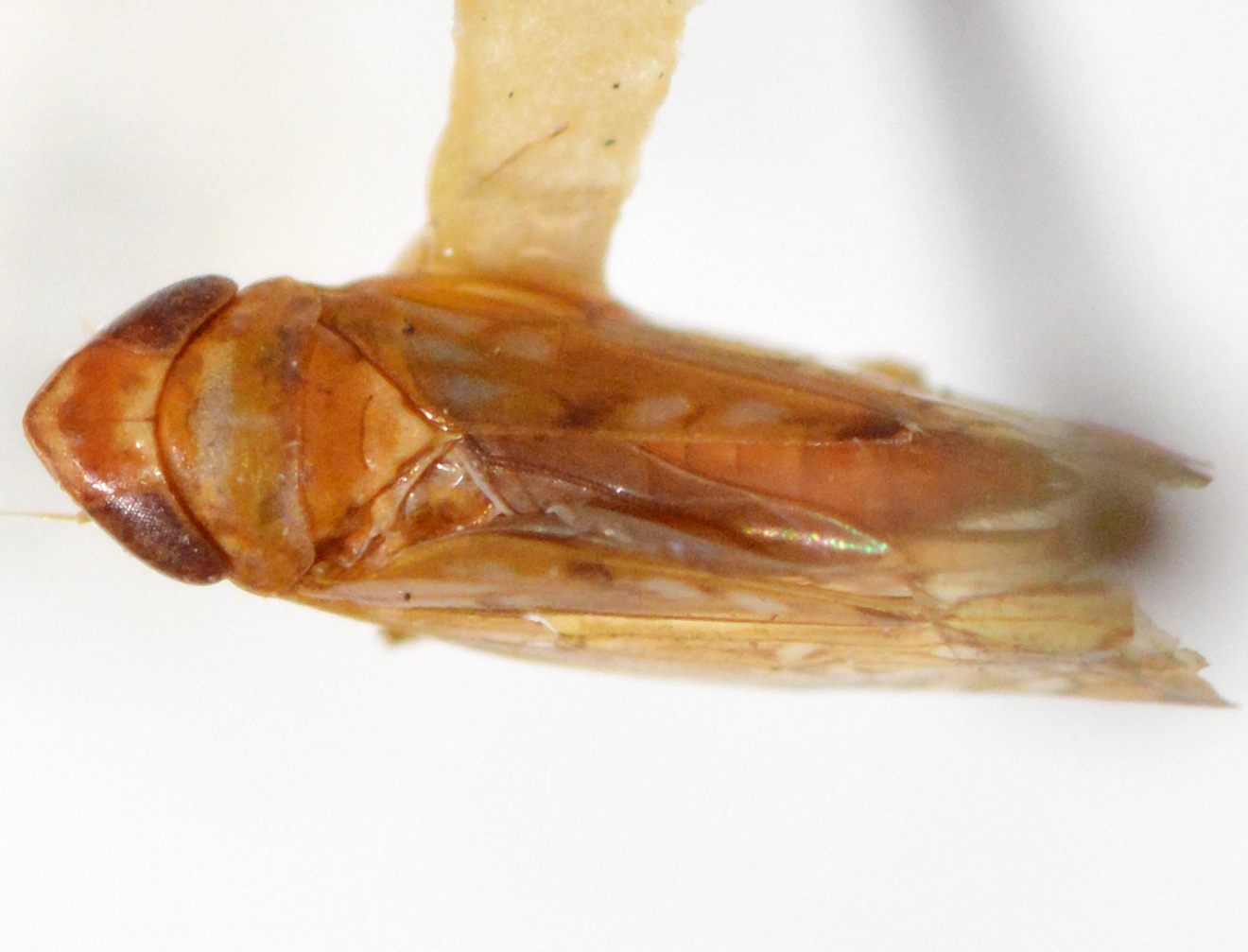
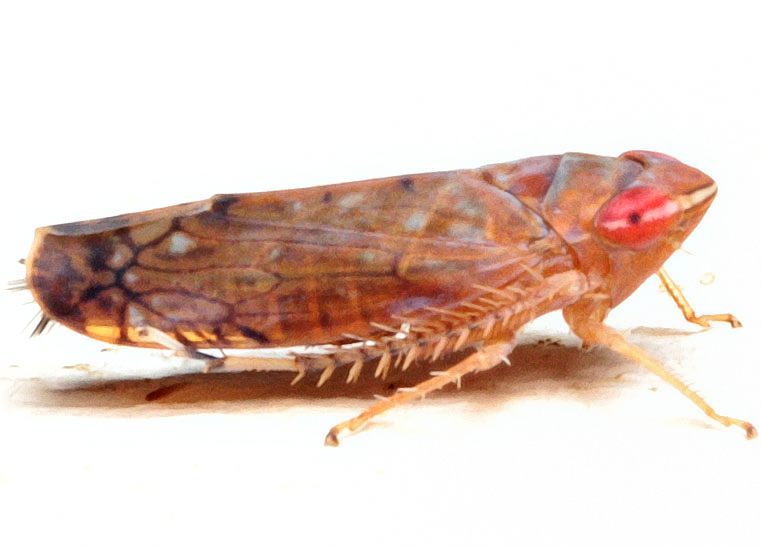


 »
»


